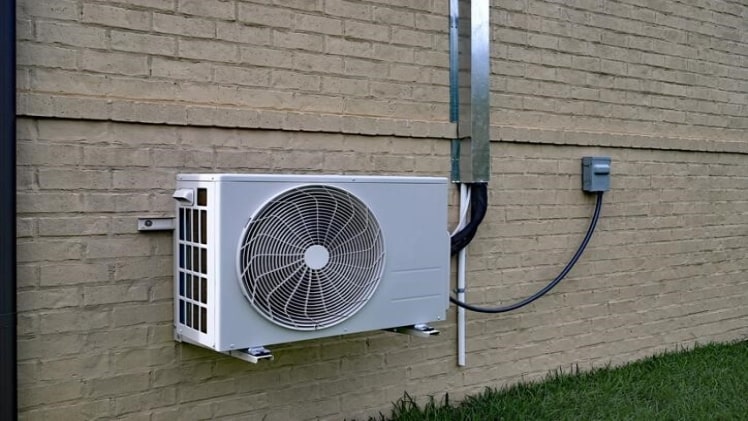
Four Common Types of HVAC Systems and How They Improve Indoor Air Conditions
HVAC serves the function of heating, air conditioning, and ventilation. It uses different technologies to regulate the air’s purity, humidity, and temperature in a confined space. The article’s primary goal is to show the four common HVAC systems, their features, and how they improve air quality and condition.
HVAC systems contribute to creating a suitable living environment in homes and offices. The HVAC systems use either natural ventilation or mechanical ventilation to circulate the warm and cool air in buildings. Natural ventilation is standard in most homes, where air constantly moves inside and outside through doors, vents, windows, and other openings.
Mechanical ventilation uses a mechanical system in tightly sealed homes with little ventilation. Ducts and fans circulate fresh air from air filters located in the HVAC system. Here are the four common HVAC systems and how they operate to improve air conditioning.
1. Packaged HVAC system
A packaged HVAC system contains a compressor, evaporator coil, and condenser in one unit. The unit also has electrical heating coils to cater for the cold weather. The heating and cooling of air usually take place in the unit. Air from buildings enters the unit through an air duct. Packaged HVAC system units should be found outdoors, like on roofs of office buildings.
Packaged HVAC systems are easy to install compared to other systems. They also save on space. However, they require constant maintenance because of the exposure to extreme weather.
You can use a safety inspections app to easily keep track of all the inspections and maintenance done to any system.
2. Split system
The split system is the most common and classic HVAC system. The indoor part of the system contains an evaporator fan coil and furnaces that help circulate air and convert refrigerant. An outdoor component of the system houses a condenser. They also come with a system of ducts that help distribute the air throughout the building.
There are many split systems with components that include either an air conditioner or heat pump. A split system has a lower operation cost and offers more energy than packed systems. They are, however, harder to install because of their complex nature.
3. Duct-free system
Duct-free systems are popular in areas where ducts are impossible to use. They come with a heat pump to heat or cool refrigerants. Air quality is first improved using air quality accessories before being circulated throughout the building. The system also has a compact coil. A thermostat manages the system. Wires and tubes connect the fan coil and refrigerant.
Duct-free systems have excellent efficiency and an ideal installation process. They also require little maintenance, and they produce fantastic air quality. The lack of ductwork brings about this benefit.
4. Hybrid split system
A hybrid split system is similar to a split system. The main difference between the two systems is that the hybrid split system improves energy efficiency. Its features include a heat pump, atozmp3, a furnace, an evaporator coil, and ducts.
The heat pump’s function is to heat or cool refrigerants. Ducts distribute the cool or warm air throughout the building. The evaporator coil converts the refrigerant and circulates the air.
Conclusion
HVAC systems control the environment to the benefit of their users. They control the temperature of the house and improve the air quality. This feature brings comfort to houses and offices.



